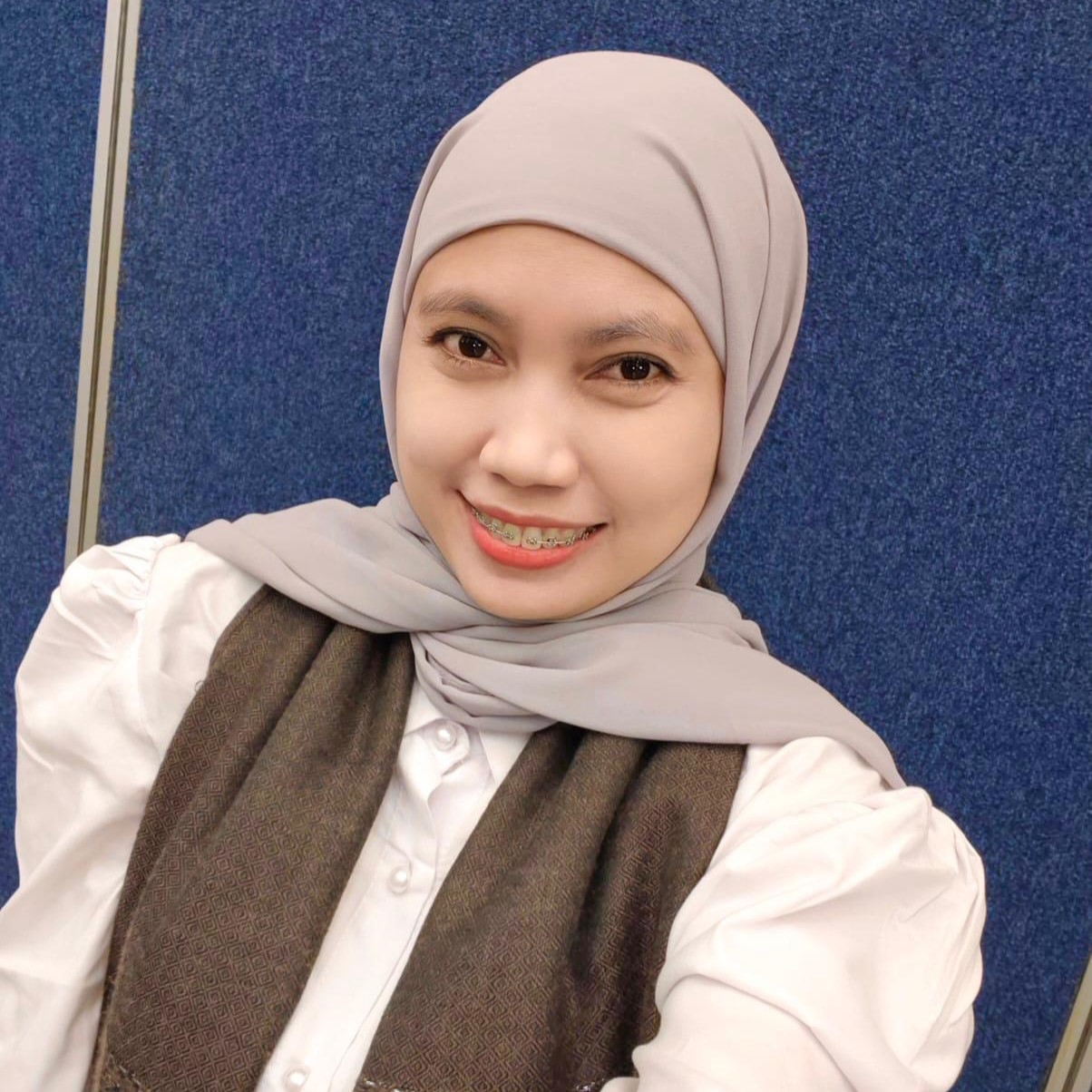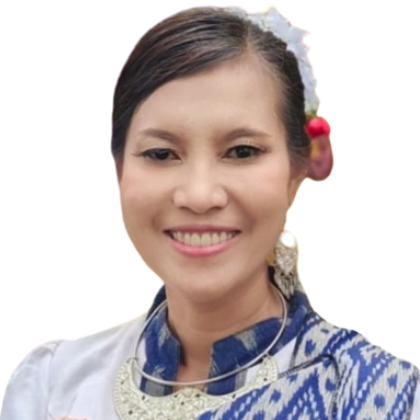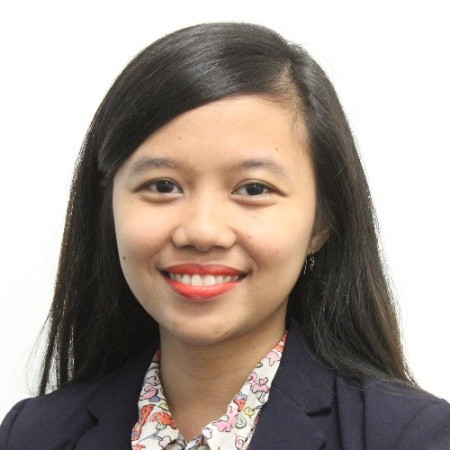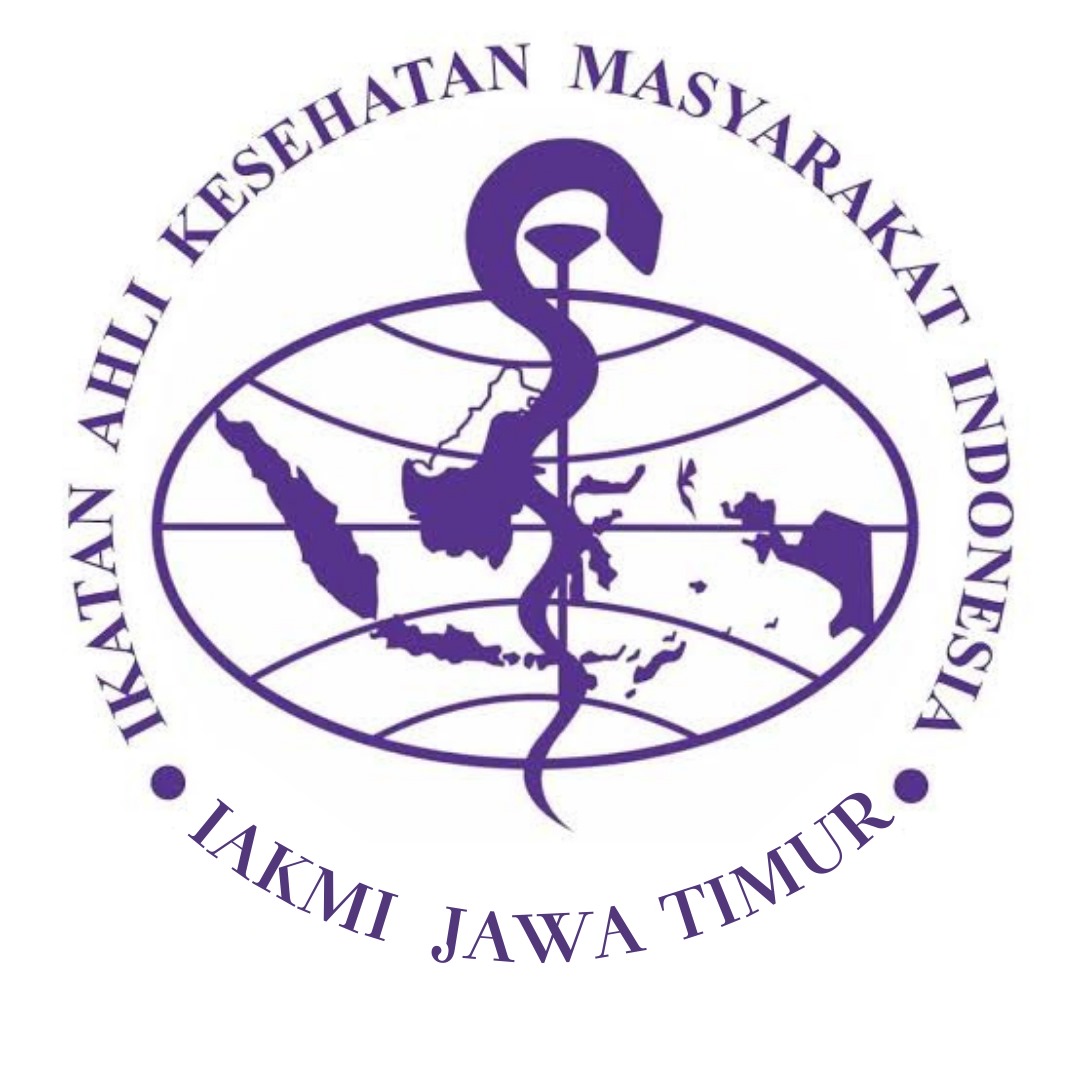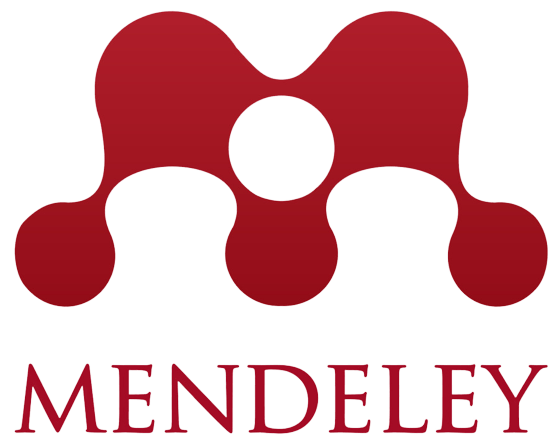Description of HbA1c Levels in Diabetes Mellitus Patients at Husada Utama Surabaya Hospital
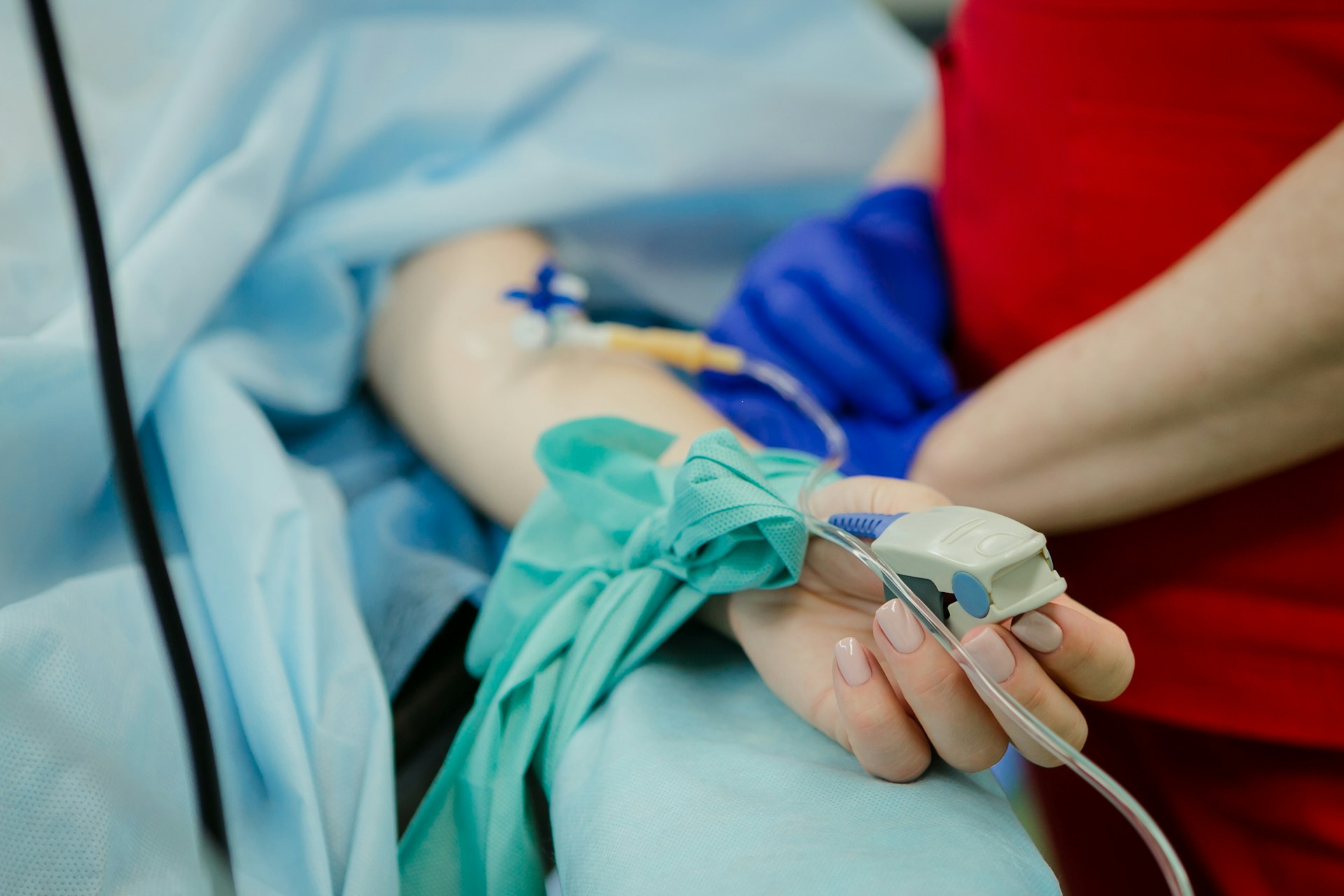
Downloads
Background: Diabetes Mellitus (DM) is a chronic disease characterized by elevated blood glucose levels and can lead to serious health complications if not properly managed. HbA1c measurement is an accurate method for assessing glycemic control over the past 2–3 months and evaluating long-term blood glucose levels.
Objectives: To analyze the description of HbA1c levels in patients with DM at Husada Utama Hospital Surabaya.
Methods: A descriptive design with a cross-sectional approach was used. The sample consisted of 118 patients with DM who had checked their HbA1c, selected using the accidental sampling method. Secondary data were obtained from the patient's medical records recorded at Husada Utama Hospital.
Results: The results showed that 73.7% of the respondents had uncontrolled HbA1c levels (≥6.5%) with an average HbA1c value of 8.18%. The majority of uncontrolled HbA1c levels were found in the elderly (62.1%), female patients (70.1%), patients who had suffered from diabetes mellitus for ≥5 years (57.5%), and those using a combination of oral antidiabetic drugs (39.1%).
Conclusion: Based on the findings, it can be concluded that most respondents with uncontrolled HbA1c levels were elderly, female, had been living with DM for ≥5 years, and were using a combination of oral antidiabetic drugs. This indicates that diabetes management still needs improvement.
Adriani, D., Hurin, S., & Amani, P. (2023). Hubungan Indeks Massa Tubuh dengan Kadar HbA1c pada Penderita Diabetes Melitus Tipe-2. Jurnal Penelitian dan Karya Ilmiah Lembaga Penelitian Universitas Trisakti, 8(2), 190–198. https://doi.org/10.25105/pdk.v8i2.14034
Akuba, J., Wiedyaningsih, C., & Andayani, T. M. (2024). Pengaruh Medication Therapy Management terhadap Kadar HbA1c Pasien Diabetes Melitus yang Mendapatkan Terapi Insulin. Majalah Farmaseutik, 21(1), 37-44. https://doi.org/10.22146/farmaseutik.v21i1.98974
Amalia, E., Yitnamurti, S., & Wibisono, S. (2018). Hubungan Kepribadian dengan Kontrol Glikemik Pasien Diabetes Mellitus Tipe 2 di RSUD Dr. Soetomo Surabaya. Jurnal Kedokteran Unram, 8(1), 7–12. https://doi.org/10.29303/jku.v8i1.326
Badan Kebijakan Pembangungan Kesehatan. (2023). Indonesian Health Survey 2023 in Numbers. Kementerian Kesehatan Republik Indonesia.
Dinas Kesehatan Provinsi Jawa Timur. 2023. Profil Kesehatan Provinsi Jawa Timur Tahun 2022. Surabaya.
Dinas Kesehatan Provinsi Jawa Timur. 2024. Profil Kesehatan Provinsi Jawa Timur Tahun 2023. Surabaya.
Inoue, K., Nianogo, R., Telesca, D., Goto, A., Khachadourian, V., Tsugawa, Y., Sugiyama, T., Mayeda, E. R., & Ritz, B. (2021). Low HbA1c levels and all-cause or cardiovascular mortality among people without diabetes: The US National Health and Nutrition Examination Survey 1999-2015. International Journal of Epidemiology, 50(4), 1373–1383. https://doi.org/10.1093/ije/dyaa263
International Diabetes Federation. (2025). IDF Diabetes Atlas 11th edition.
Kane, N. S., Hoogendoorn, C. J., Tanenbaum, M. L., & Gonzalez, J. S. (2018). Physical symptom complaints, cognitive emotion regulation strategies, self-compassion and diabetes distress among adults with Type 2 diabetes. Diabetic Medicine, 35(12), 1671–1677. https://doi.org/10.1111/dme.13830
Karimah, H, N., Sarihati, I, G, A, D., & Habibah, N. (2018). Gambaran Kadar HbA1C pada Pasien Diabetes Melitus Tipe 2 Di RSUD Wangaya. Jurnal Meditory, 6(2), 88-98. https://doi.org/10.33992/m.v6i2.442
Kurdi, F., Abidin, Z., Surya, V. C., Anggraeni, N. C., Alyani, D. S., & Riskiyanti, V. (2021). Angka Kejadian Diabetes Mellitus pada Lansia Middle Age Di Masa Pandemi COVID-19. Jurnal Ilmiah Keperawatan (Scientific Journal of Nursing), 7(2), 282-288. https://doi.org/10.33023/jikep.v7i2.834
Made, N., Arini, A., Made, I., & Dwipayana, P. (2020). Hubungan Kadar HbA1c terhadap Terapi Obat Anti Diabetes Oral dan Kombinasi Obat Anti Diabetes Oral-Insulin pada Penderita DM Tipe 2 Di Poliklinik Diabetes RSUP Sanglah Denpasar Tahun 2016. Jurnal Medika Udayana, 9(9), 94-99. https://doi.org/10.24843.MU.2020.V9.i9.P16
Martina, M., Septian, F., Fadhil, A., Nur A, S., & Hanafi, A. S. (2024). Profil HBA1C pada Pasien Diabetes Melitus Tipe II di Rumah Sehat Baznas Jakarta Tahun 2021. Jurnal Wacana Kesehatan, 9(2), 76. https://doi.org/10.52822/jwk.v9i2.666
Nurgajayanti, C., Susilawati, T. N., & Wiboworini, B. (2024). Durasi Menderita DM Memengaruhi Kontrol Glikemik Jangka Panjang yang Diukur Melalui HbA1c pada Pasien Diabetes Melitus Tipe 2. Jurnal Media Penelitian dan Pengembangan Kesehatan, 34(3). 563-570. https://doi.org/10.34011/jmp2k.v34i3.2085
Oktianti, D., & Retno Karminingtyas, S. (2024). Hubungan Karakteristik Pasien Diabetes Melitus Tipe 2 dengan Komorbid Hipertensi terhadap Kepatuhan Minum Obat Menggunakan MARS-5. Indonesian Journal of Pharmacy and Natural Product, 7(2), 188-197. http:/jurnal.unw.ac.id/index.php/ijpnp
Perkumpulan Endokrinologi Indonesia (PERKENI). (2021). Pedoman Pengelolaan dan Pencegahan Diabetes Melitus Tipe 2 Dewasa di Indonesia. Penerbit PB. PERKENI, Jakarta. ISBN:978-602-53035-5-5.
Rahayu, S., & Komariah, K. (2020). Hubungan Usia, Jenis Kelamin dan Indeks Massa Tubuhh dengan Kadar Gula Darah Puasa pada Pasien Diabetes Melitus Tipe 2 Di Klinik Pratama Rawat Jalan Proklamasi, Depok, Jawa Barat. Jurnal Kesehatan Kusuma Husada, 11(1). 41-50. https://doi.org/10.34035/jk.v11i1.412
Ramadhan, N., Marissa, N., Fitria, E., & Wilya, V. (2018). Pengendalian Diabetes Melitus Tipe 2 pada Pasien di Puskesmas Jayabaru Kota Banda Aceh. Media Penelitian Dan Pengembangan Kesehatan, 28(4), 239–246. https://doi.org/10.22435/mpk.v28i4.63
Riset Kesehatan Dasar. (2018). Laporan Nasional Riskesdas 2018. Badan Penelitian Dan Pengembangan Kesehatan.
Rohmatulloh, V., Pardjianto, B., Sekar Kinasih, L. (2024). Hubungan Usia dan Jenis Kelamin terhadap Angka Kejadian Diabetes Melitus Tipe 2 Berdasarkan 4 Kriteria Diagnosis Di Poliklinik Penyakit Dalam RSUD Karsa Husada Kota Batu, 8(1), 2528-2543, https://doi.org/10.31004/prepotif.v8i1.27198
Sahela, A. A., Cholifah Lutfiana, N., Dhany, R. K., & Ambar, N. S. (2025). Hubungan Durasi Diabetes Melitus Tipe 2 dan Kadar HbA1c dengan Tipe Retinopati Diabetik. Jurnal Medis Umum, 2(1), 58-69. https://doi.org/10.30651/jmu.v2i1.25639
Setiyorini, E., Wulandari, N. A., & Efyuwinta, A. (2018). Hubungan kadar gula darah dengan tekanan darah pada lansia penderita Diabetes Tipe 2. Jurnal Ners Dan Kebidanan (Journal of Ners and Midwifery), 5(2), 163–171. https://doi.org/10.26699/jnk.v5i2.art.p163-171
Silangit, T., Julianto, E., Departemen, S. P., Klinik, P., Pengajar, S., & Parasitologi, D. (2018). Gambaran Kadar HbA1c pada Penderita Diabetes Melitus Di Klinik Diabetes Dharma Medan. Majalah Ilmiah Methoda, 8(1). 101-104. https://doi.org/10.46880/methoda.Vol8No1.pp103-107
Sugondo, A. T., Ardiany, D., Nuswantoro, D., & Notopuro, P. B. (2019). Relationship between HbA1c Levels with eGFR and Blood Pressure in Type 2 Diabetes Mellitus Patients in the Department of Internal Medicine Dr. Soetomo General Hospital Surabaya. Biomolecular and Health Science Journal, 2(2), 117. https://doi.org/10.20473/bhsj.v2i2.1495
Syahrul, A. M., Haskas, Y., Restika, I., (2022). Hubungan Kontrol Glikemik dan Kepatuhan Pengobatan dengan Kejadian Hospital Readmission pada Pasien Diabetes Melitus. Jurnal Ilmiah Kesehatan Diagnosis, 17(1), 32-39. https://doi.org/10.35892/jikd.v17i1.890
Yulia Annisa’, V., & Suropati, A. S. (2023). Hipoglikemia pada Pasien dengan Riwayat Diabetes Melitus. Journal Continuing Medical Education, 135-144.
Yulia, H., R., & Cahyati, W. H. (2022). Kejadian Diabetes Melitus pada Usia Produktif di Puskesmas
Kecamatan Pasar Rebo, Kota Jakarta Timur, Higeia (Journal of Public Health Research and Development),
(3), 350-361. https://doi.org/10.15294/higeia.v6i3.55268
Copyright (c) 2025 Tika Aprilia Permatasari, Kurnia Dwi Artanti

This work is licensed under a Creative Commons Attribution-ShareAlike 4.0 International License.
Media Gizi Kesmas by Unair is licensed under a Creative Commons Attribution-ShareAlike 4.0 International License.
1. The journal allows the author(s) to hold the copyright and to retain the publishing right of the article without restrictions.
2. The legal formal aspect of journal publication accessibility refers to Creative Commons Attribution-Share-Alike (CC BY-SA).
3. The Creative Commons Attribution-Share-Alike (CC BY-SA) license allows re-distribution and re-use of a licensed work on the conditions that the creator is appropriately credited and that any derivative work is made available under "the same, similar or a compatible license”. Other than the conditions mentioned above, the editorial board is not responsible for copyright violations.


